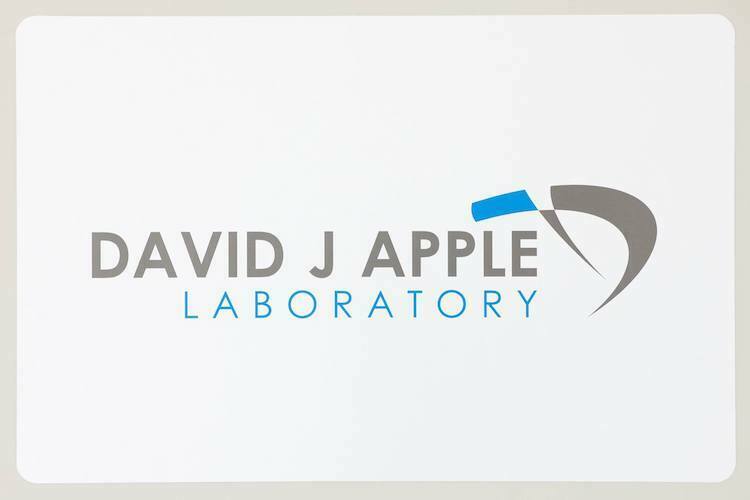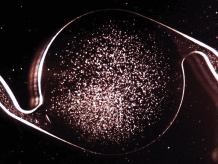Opacification of hydrophilic intraocular lenses associated with vitrectomy and injection of intraocular gas.** Marcovich AL, Tandogan T, Bareket M, Eting E,3 Kaplan-Ashiri I, Bukelman A,1 Auffarth GU, Khoramnia R. BMJ Open Ophthalmology 2018;:e000157. doi:10.1136/ bmjophth-2018-000157
The latest edition of BMJ Open Ophthalmology has a report from an international group, including surgeons at the D J Apple Lab in Heidelberg, reviewing IOL opacification cases after pars plana vitrectomy (PPV) involving intravitreal gas injection.
Dr. med. Tandogan
Dr. med. Tamer Tandogan, formerly an IOL researcher at the D J Apple Lab and now the Head of the Eye Clinic in Pforzheim, Germany, commented that “until recently, opacification of hydrophilic acrylic intraocular lenses has been mainly observed after air injection into the anterior chamber during lamellar keratoplasty procedures. To date, only a few cases of IOL opacification have been reported that are linked to intravitreal gas injection during PPV.”
Prof. Dr. med. Khoramnia
Prof. Dr. med. Ramin Khoramnia explained “the present report begins to fill this gap in our knowledge in that it shows that these opacified IOLs exhibited calcification on their anterior surface even though the gas is injected posteriorly into the vitreous. In two of these cases, we noted migration of gas from the vitreous to the anterior chamber. This movement of gas may yet explain how lens opacification arises. I find it encouraging that this report is the result of an international collaboration and important too to note that these are cases of IOL opacification where the lenses are from several IOL manufacturers in different countries. This is not a problem isolated to a particular lens manufacturer”
Prof. Dr. med Auffarth
Prof. Dr. med. Gerd Auffarth noted that “as it is expected that the number of pars-plana vitrectomies performed worldwide will continue to rise so we may expect the incidence of IOL calcification also to increase. “
Dr. Arie Marcovich, the principal author, is an ophthalmic surgeon in Tel Aviv, Israel. He concludes that in eyes already implanted with a hydrophilic acrylic IOL, the surgeon should take care and be aware of the potential for the gas to migrate to the anterior chamber. “In combined procedures of lens implantation and planned vitrectomy, implanting a hydrophobic IOL can be a wise choice to prevent the complication of opacification as it has yet to be reported in hydrophobic acrylic IOLs.”
The paper can be accessed via the following direct link: https://bmjophth.bmj.com/content/bmjophth/3/1/e000157.full.pdf
How glistenings affect the optical quality of a hydrophobic acrylic IOL »« Another First Prize for CSI: Heidelberg Episode 3
 Gerd Auffarth
Gerd Auffarth 



 CSI:Heidelberg Episode 2
CSI:Heidelberg Episode 2